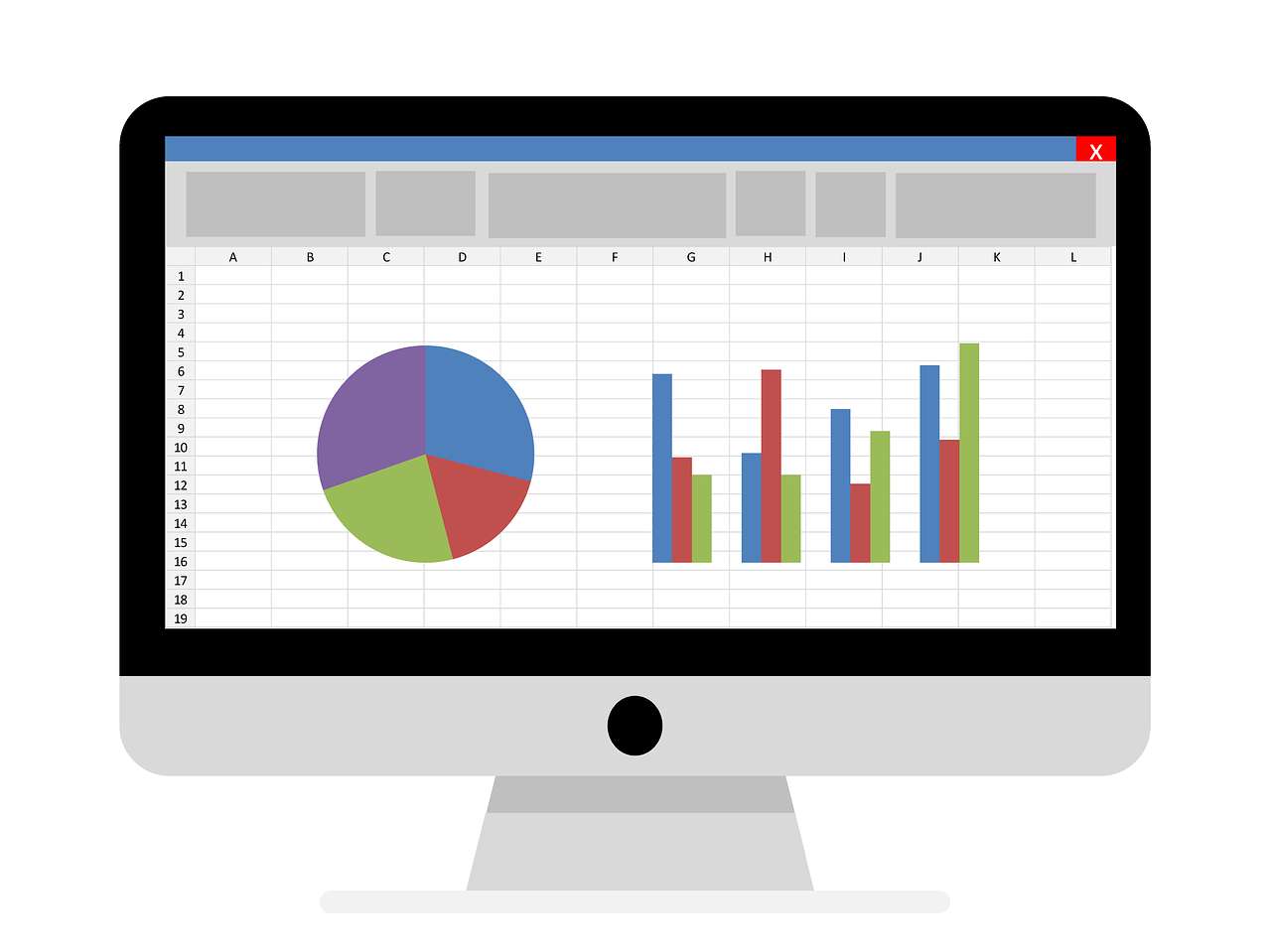Embark on a journey of knowledge! Take the quiz and earn valuable credits.
Take A QuizChallenge yourself and boost your learning! Start the quiz now to earn credits.
Take A QuizUnlock your potential! Begin the quiz, answer questions, and accumulate credits along the way.
Take A QuizTelangana State Education Common Entrance Test (TS Ed.CET) Tutorial

Overview
1.1 Overview of TS Ed.CET
The Telangana State Education Common Entrance Test (TS Ed.CET) is a competitive entrance examination conducted by the Telangana State Council of Higher Education (TSCHE) for admission into regular B.Ed courses offered by various government and private colleges in Telangana. TS Ed.CET is an offline examination held annually, typically in July or August.
1.2 Exam Format and Structure
The TS Ed.CET exam consists of two parts:
Part A:
- Multiple-choice questions (MCQs)
- Total questions: 150
- Subjects covered: General English, Educational Psychology, and Teaching Methodology
- Duration: 3 hours
Part B:
- Language proficiency test (LPT)
- Two languages: English and Telugu
- Duration: 1 hour
1.3 Importance and Eligibility Criteria
TS Ed.CET is mandatory for all candidates seeking admission into regular B.Ed programs in Telangana. The minimum eligibility criteria include:
- A Bachelor's or Master's degree with at least 50% marks (45% for reserved categories)
- B.Ed qualifying examination recognized by the National Council for Teacher Education (NCTE)
- Candidates must be Indian nationals and Telangana residents
1.4 Preparation Strategies
Effective preparation for TS Ed.CET requires a comprehensive approach:
1.4.1 Syllabus and Exam Pattern:
- Familiarize yourself with the detailed syllabus and exam pattern to identify key concepts and weightage of each section.
1.4.2 Study Materials:
- Refer to prescribed textbooks, online resources, and previous year question papers to cover the syllabus thoroughly.
- Utilize study guides and workbooks to supplement your learning.
1.4.3 Practice Tests:
- Solve mock tests and practice questions regularly to assess your understanding and time management skills.
- Analyze your performance to identify areas for improvement.
1.4.4 Conceptual Understanding:
- Focus on understanding the concepts rather than just rote memorization.
- Engage in discussions, ask questions, and seek clarifications to deepen your knowledge.
1.4.5 Revision and Recall:
- Regularly review your notes and study materials to enhance retention.
- Use flashcards or mind maps to aid memorization.
1.4.6 Time Management:
- Practice allocating time effectively during the exam.
- Familiarize yourself with the exam format to avoid wasting time on unfamiliar questions.
1.4.7 Examination Day Preparation:
- Get adequate rest and arrive at the exam center well in advance.
- Carry all necessary documents and stationery.
- Stay calm and confident during the exam.
FAQs
1. What is TS Ed.CET?
The Telangana State Education Common Entrance Test (TS Ed.CET) is a competitive entrance exam for admission into regular B.Ed courses in Telangana.
2. What is the exam format of TS Ed.CET?
The exam consists of two parts: Part A (MCQs) and Part B (Language proficiency test).
3. Who is eligible for TS Ed.CET?
Candidates with a Bachelor's or Master's degree with at least 50% marks and an NCTE-recognized B.Ed qualifying examination.
4. How can I prepare effectively for TS Ed.CET?
By studying the syllabus, using study materials, practicing mock tests, developing conceptual understanding, revising regularly, and managing time effectively.
5. How is TS Ed.CET scored?
The total score is calculated based on the marks obtained in Part A and Part B.
6. What is the passing mark for TS Ed.CET?
The passing mark is 50% for general candidates and 45% for reserved categories.
7. When is TS Ed.CET typically held?
Usually in July or August every year.
8. What are the important documents to carry on the exam day?
Admit card, photo ID, and writing materials.
9. How do I get my TS Ed.CET results?
Results are typically released online on the TSCHE website.
10. What are the career opportunities after completing a B.Ed course through TS Ed.CET?
Teaching in government and private schools, educational administration, and research.
Start TutorialPosted on 08 Sep 2024, this text provides information on TS Ed.CET. Please note that while accuracy is prioritized, the data presented might not be entirely correct or up-to-date. This information is offered for general knowledge and informational purposes only, and should not be considered as a substitute for professional advice.
Similar Tutorials

Advanced Excel Charts Tutorial: How to Create Prof...
Learn how to create professional charts in Excel with our advanced Excel charts tutorial. We'll show...

Advanced Excel Functions: Tips and Tricks for Boos...
Are you tired of spending hours working on Excel spreadsheets, only to find yourself stuck on a prob...

Apache Flume Tutorial: An Introduction to Log Coll...
Apache Flume is a powerful tool for collecting, aggregating, and moving large amounts of log data fr...
Explore Other Libraries
Related Searches
Please allow ads on our site
Please log in to access this content. You will be redirected to the login page shortly.
Login
Join Our Community Today
Ready to take your education and career to the next level? Register today and join our growing community of learners and professionals.

Your experience on this site will be improved by allowing cookies. Read Cookie Policy
Your experience on this site will be improved by allowing cookies. Read Cookie Policy


Comments(0)